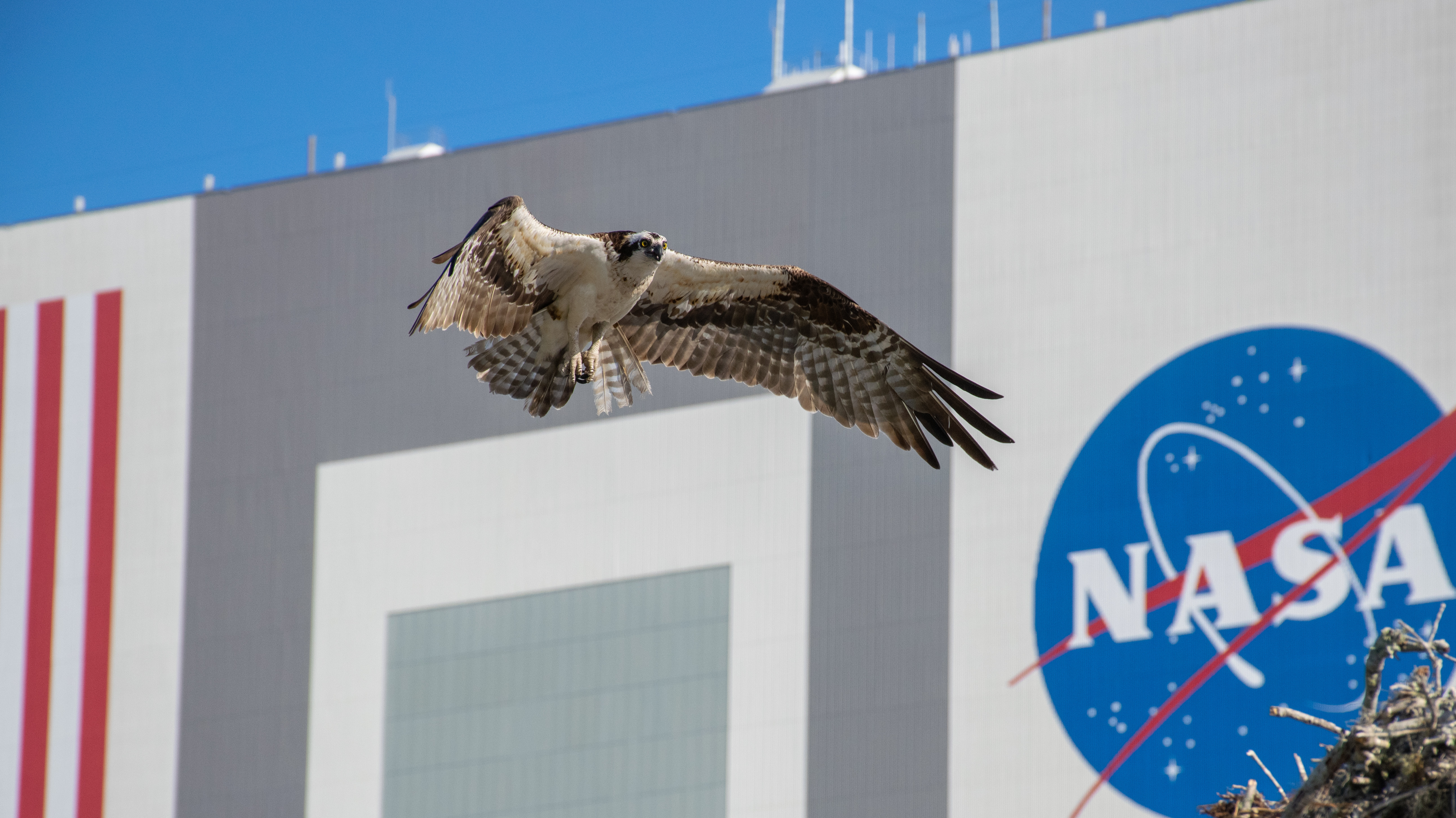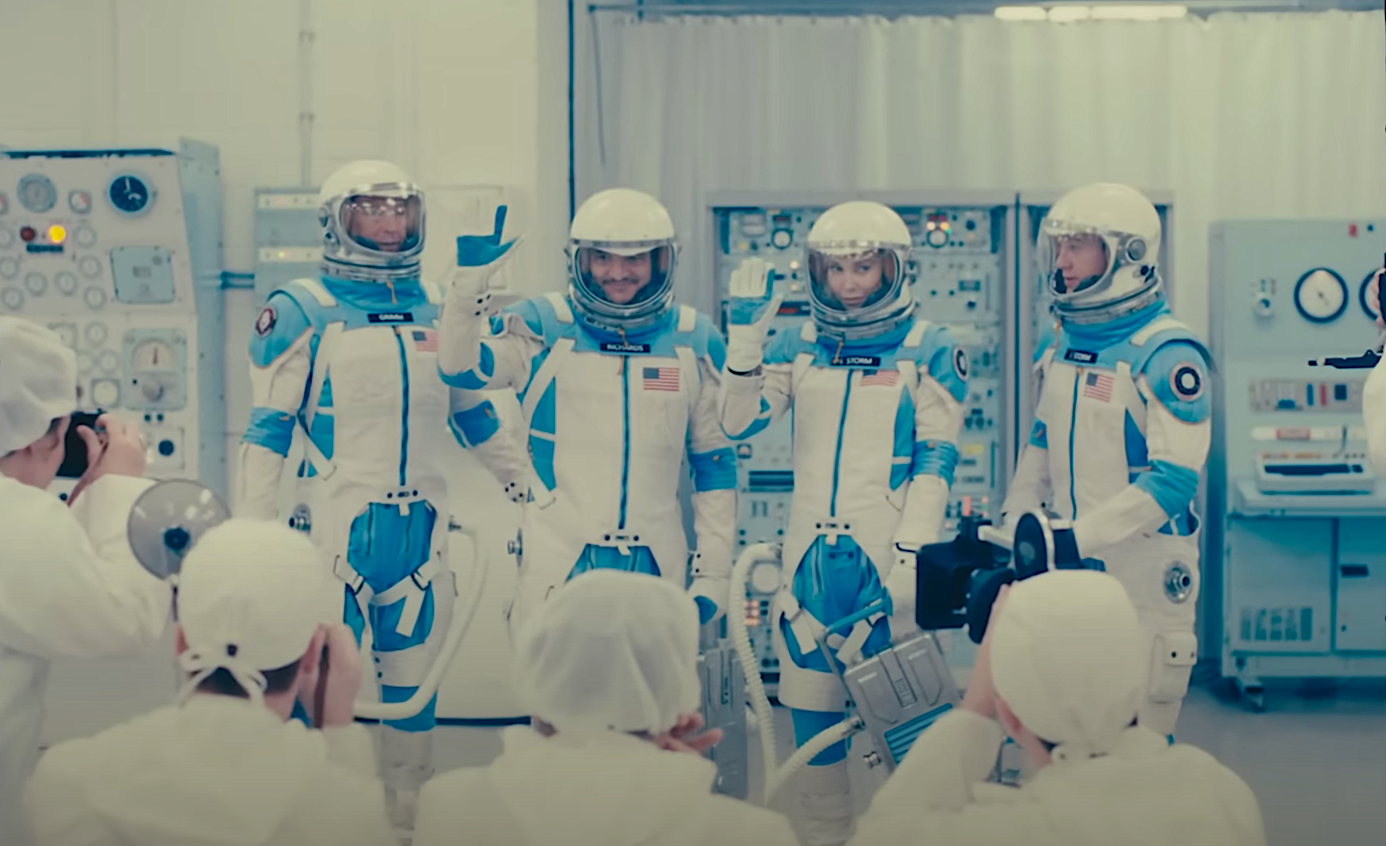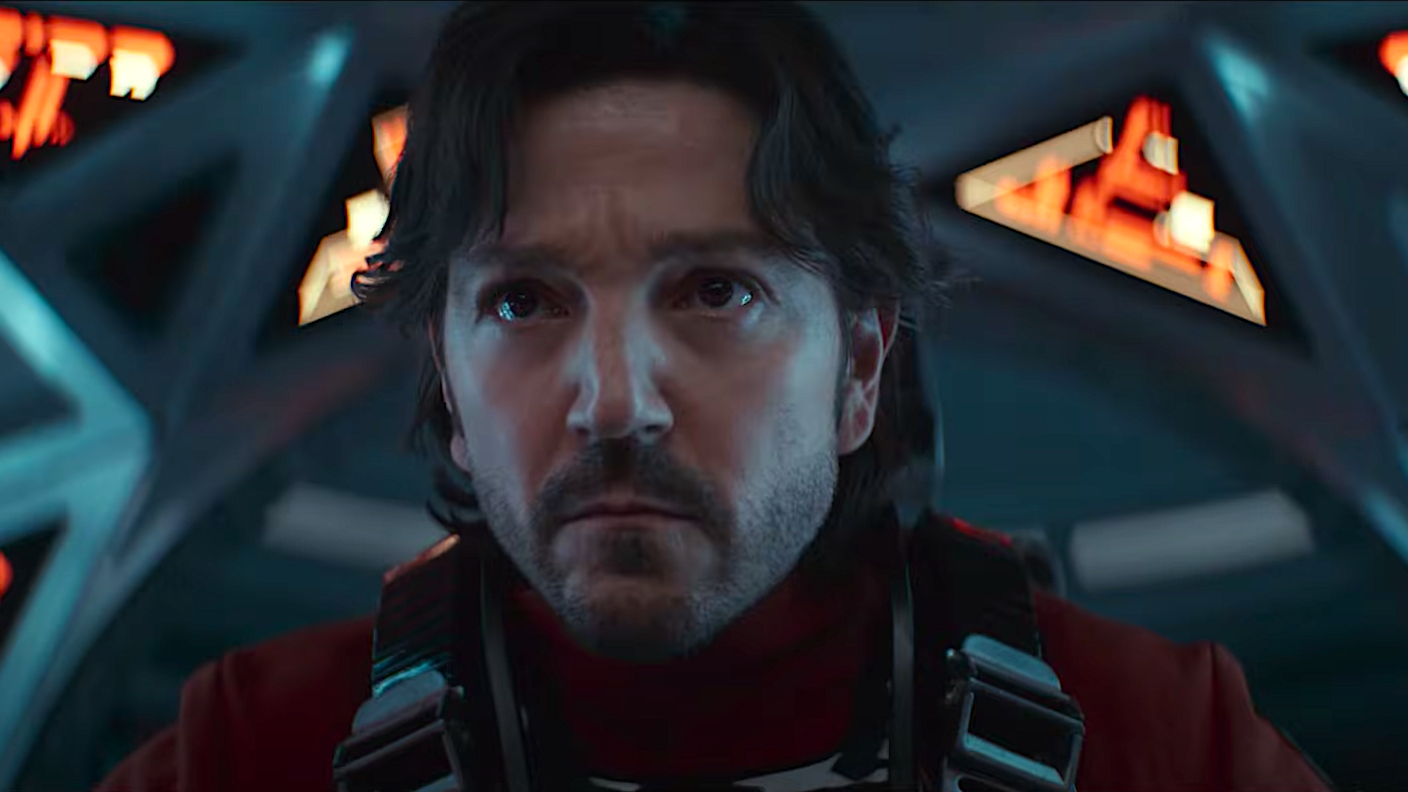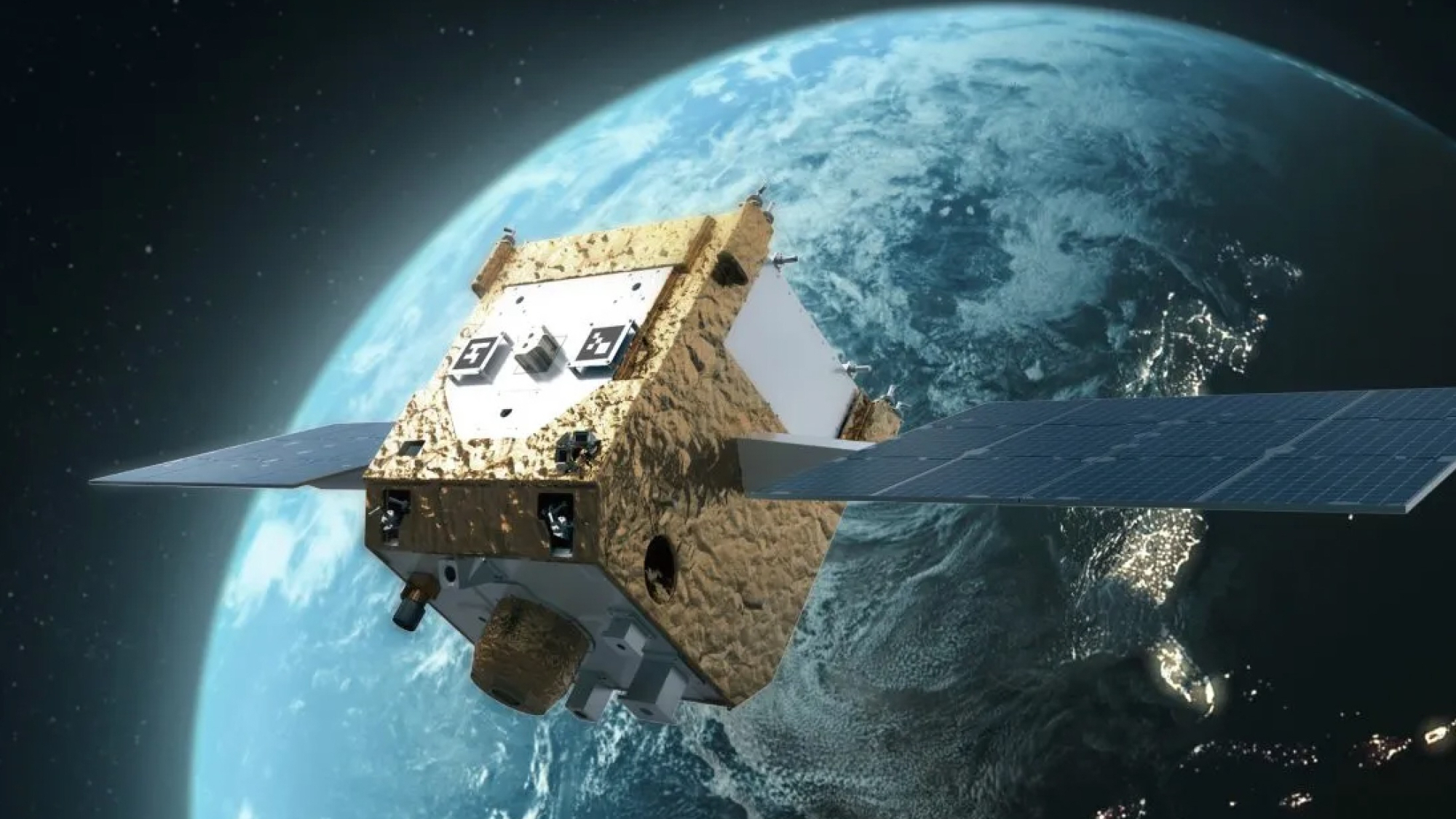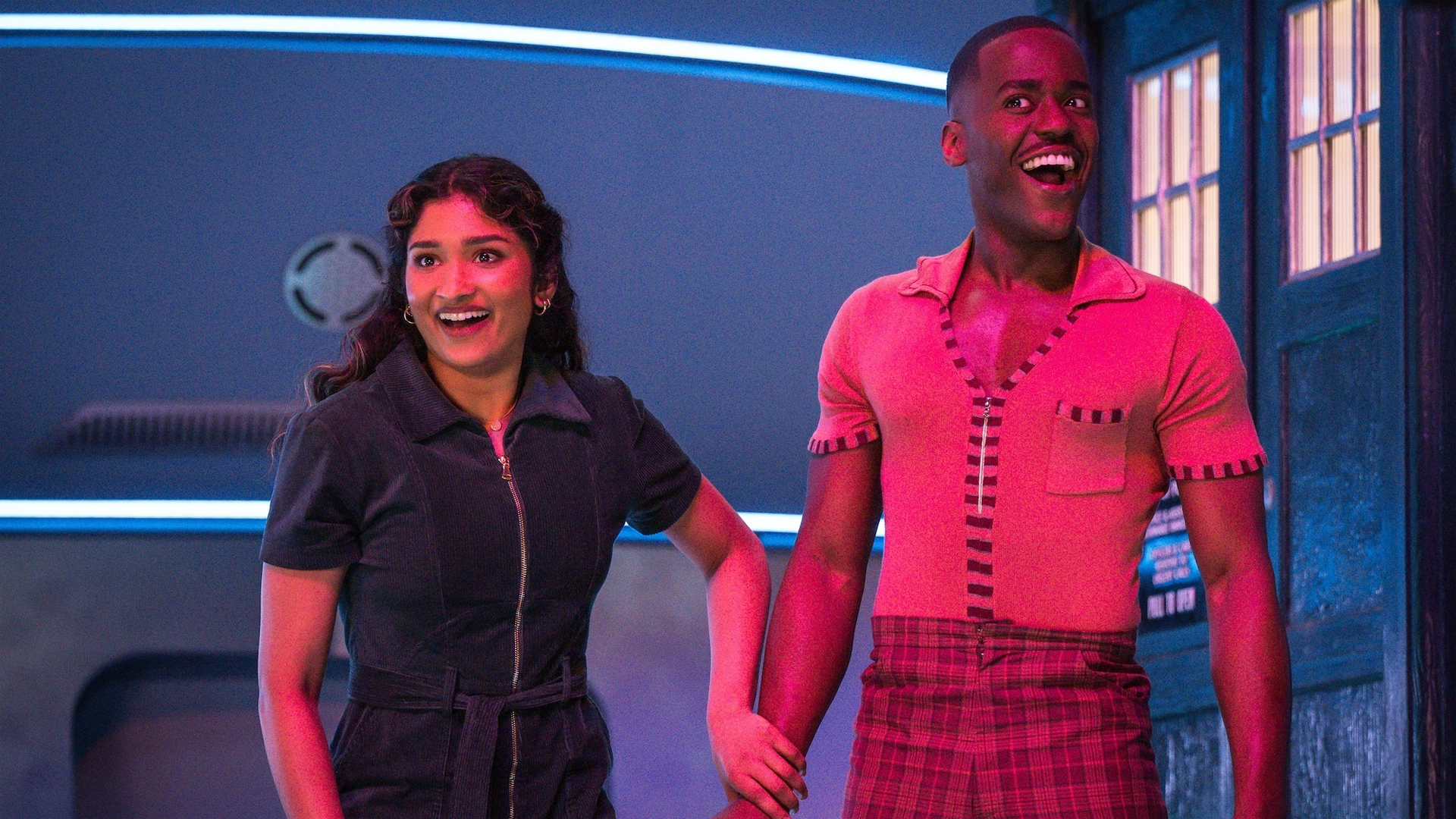Their other vehicle is the Starliner: Boeing's 1st crew to ride Astrovan II to the launch pad
"It is epic. You're in the Astrovan."
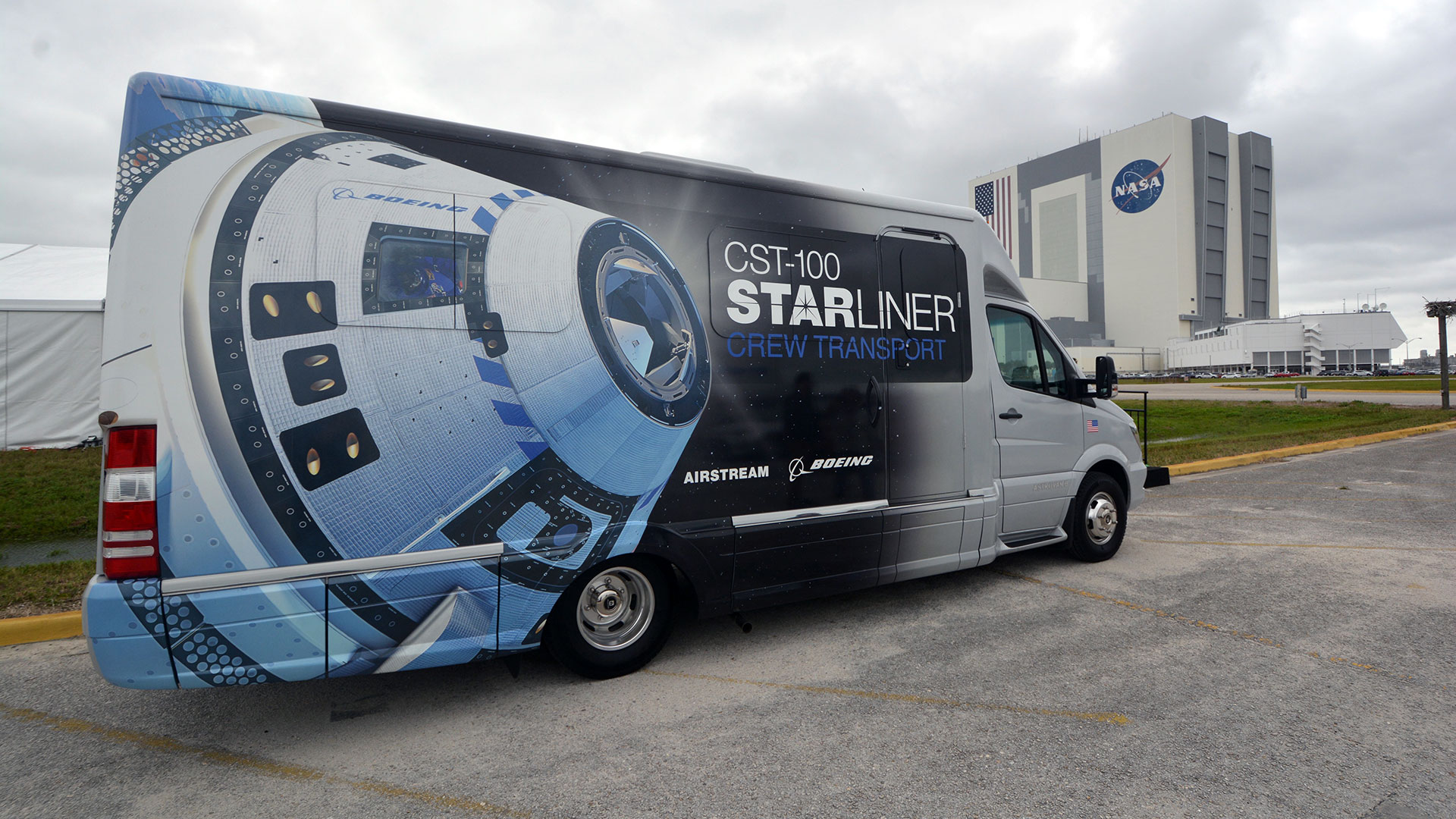
When Butch Wilmore and Suni Williams lift off for the International Space Station on Monday (May 6), they will become the first astronauts to fly aboard Boeing's commercial spacecraft, the CST-100 Starliner.
But that's not their only new ride.
To go from their crew quarters in NASA's Neil A. Armstrong Operations and Checkout Building to Complex 41, the launch pad where their Starliner-topped United Launch Alliance (ULA) Atlas V rocket will be waiting, Wilmore and Williams will board the "Astrovan II," a modified Airstream Atlas Touring Coach built in partnership with Boeing.
"It is epic," said Wilmore during a virtual press conference broadcast from inside crew quarters on Wednesday (May 1). "I mean, you're in the Astrovan."
Related: How to watch Boeing's 1st Starliner astronaut launch webcasts live online

Since NASA astronauts began flying on rockets in the early 1960s, the space agency — and later, its commercial partners — have customized vehicles to meet their crew members' needs on the road to and at the launch pad. The Mercury astronauts had a semi truck with a modified trailer, which also served as a suit-up room. The two-man Gemini crews used a box van, while the Apollo astronauts rode aboard a modified Clark-Cortez motorhome.
For most of the 30-year space shuttle program, including the missions that featured Wilmore and Williams as crew members, NASA chose an Airstream Excella motorhome. With its chrome exterior and simple red, white and blue stripe livery, the original Astrovan became iconic.
Get the Space.com Newsletter
Breaking space news, the latest updates on rocket launches, skywatching events and more!
So it seemed somewhat natural that Boeing would pick Airstream to develop the Astrovan II.
"Airstream is truly proud to continue supporting adventures beyond our planet — we couldn't have a better partner than Boeing," said Bob Wheeler, the CEO and president of Airstream, in a 2019 interview with collectSPACE when the Astrovan II was shown to the public. "The Boeing crew will go from an Airstream to a rocket to the space station, and we couldn't be more excited to be one leg of that journey into orbit."
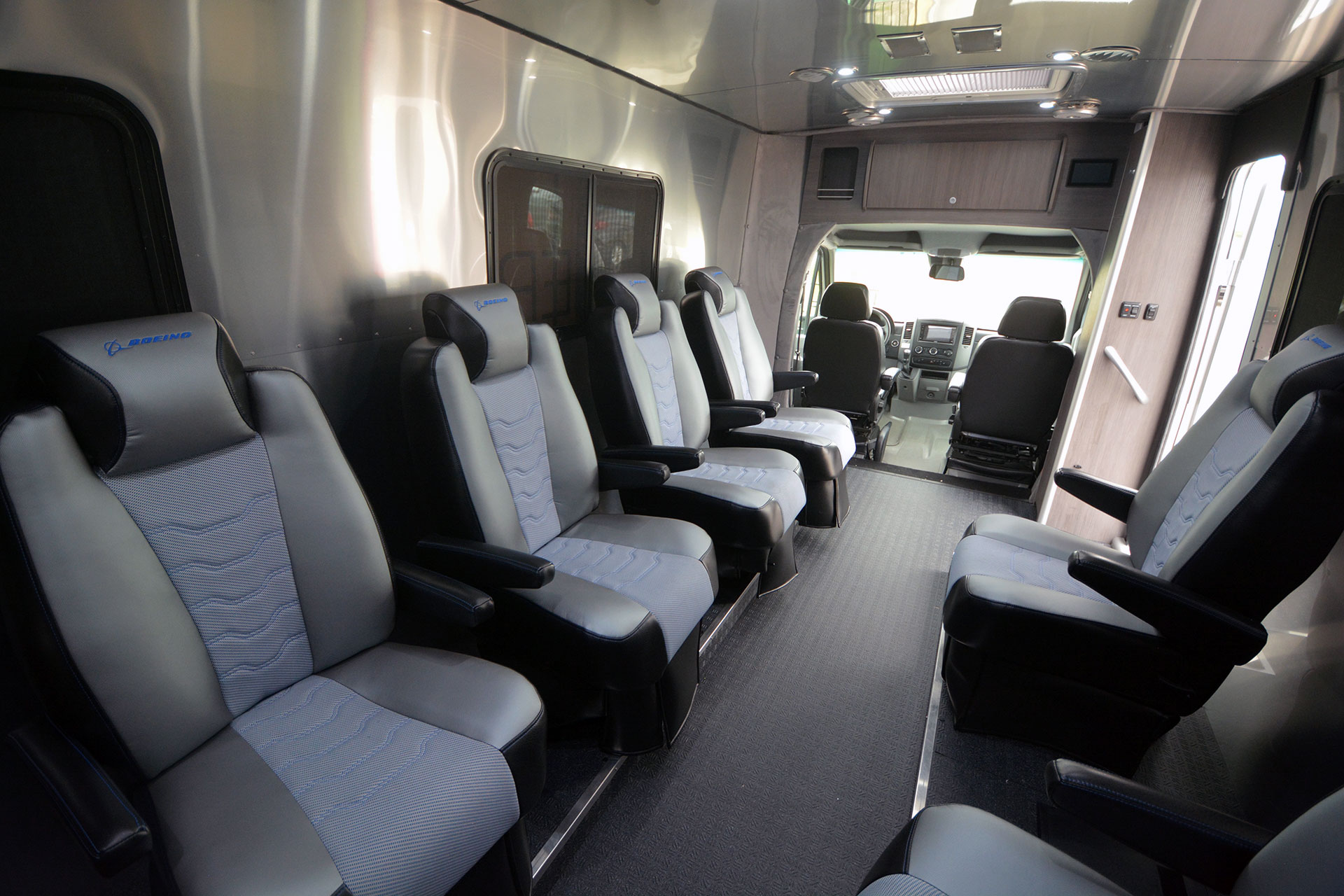
Though sharing a similar name and same manufacturer, the new Astrovan has little in common with its predecessor, as is immediately apparent from the exterior. Not only is it a different form factor, but the Astrovan II is wrapped in bold graphics that depict the Starliner in Earth orbit.
Inside, the eight-seat van has amenities that were not even an option for the 1983 original.
"It's got cushy seats and, of course, it's got a big video screen in the back," said Wilmore, the commander of the upcoming Starliner mission, which is called Crew Flight Test.
The flatscreen, high-definition television is for the crew's enjoyment on the way to the pad, as Wilmore and Williams discovered during a recent launch-day rehearsal.
"As you would expect from two Navy test pilots, you know what movie we put on, and actually we asked them to edit it and put only in the flying and dramatic scenes," said Wilmore, who logged 8,000 flight hours and 663 carrier landings, all in tactical jet aircraft. "Of course it was 'Top Gun: Maverick,' and we will watch the same [film] on the way out to the pad [for the launch]."
"We did watch the beach scene as well, as there was a beautiful helicopter that flew right by those guys as they were playing football," said Williams, who test-flew numerous helicopters as part of the U.S. Navy's Rotary Wing Aircraft Test Directorate.

Other features inside the Astrovan II include power outlets, a designated space for the crew members' suit pressurization device and the capability to livestream views using cameras mounted inside and outside of the vehicle through a partnership with AT&T.
The Astrovan II will now join a new fleet of astronaut transfer vehicles currently in use, including the Tesla Model X electric cars employed by SpaceX and Canoo Technologies' CTVs, which will first be used by NASA's moon-bound Artemis 2 crew as soon as late 2025.
Join our Space Forums to keep talking space on the latest missions, night sky and more! And if you have a news tip, correction or comment, let us know at: community@space.com.

Robert Pearlman is a space historian, journalist and the founder and editor of collectSPACE.com, a daily news publication and community devoted to space history with a particular focus on how and where space exploration intersects with pop culture. Pearlman is also a contributing writer for Space.com and co-author of "Space Stations: The Art, Science, and Reality of Working in Space” published by Smithsonian Books in 2018.In 2009, he was inducted into the U.S. Space Camp Hall of Fame in Huntsville, Alabama. In 2021, he was honored by the American Astronautical Society with the Ordway Award for Sustained Excellence in Spaceflight History. In 2023, the National Space Club Florida Committee recognized Pearlman with the Kolcum News and Communications Award for excellence in telling the space story along the Space Coast and throughout the world.




